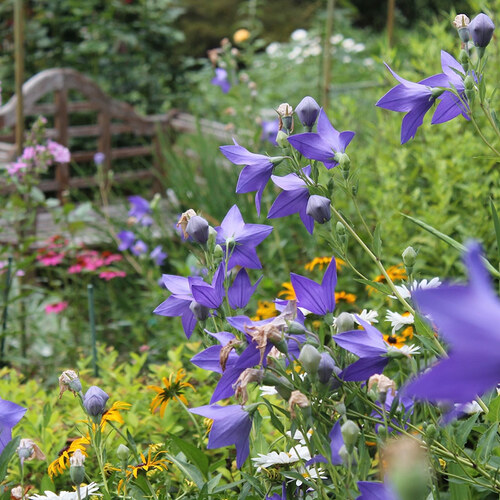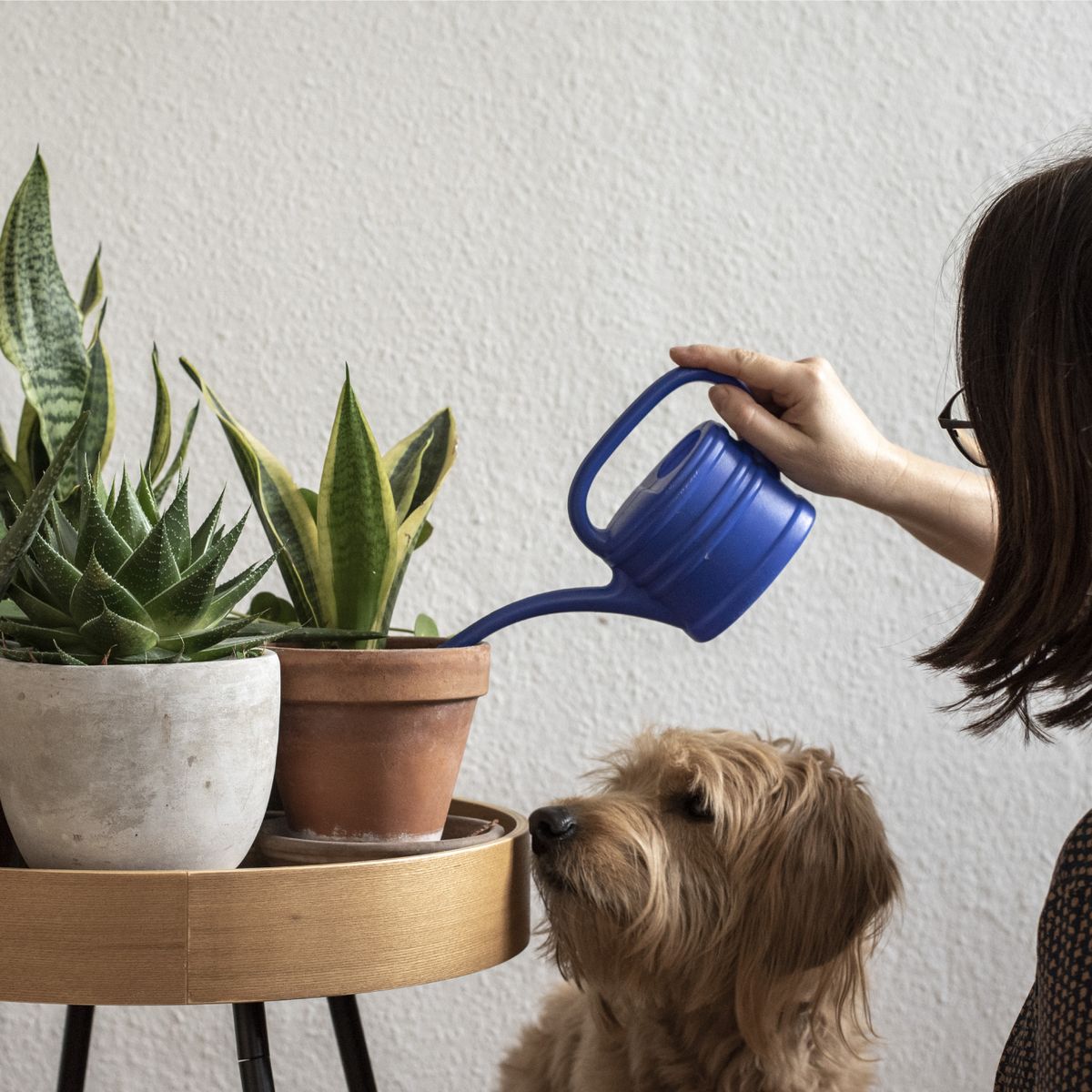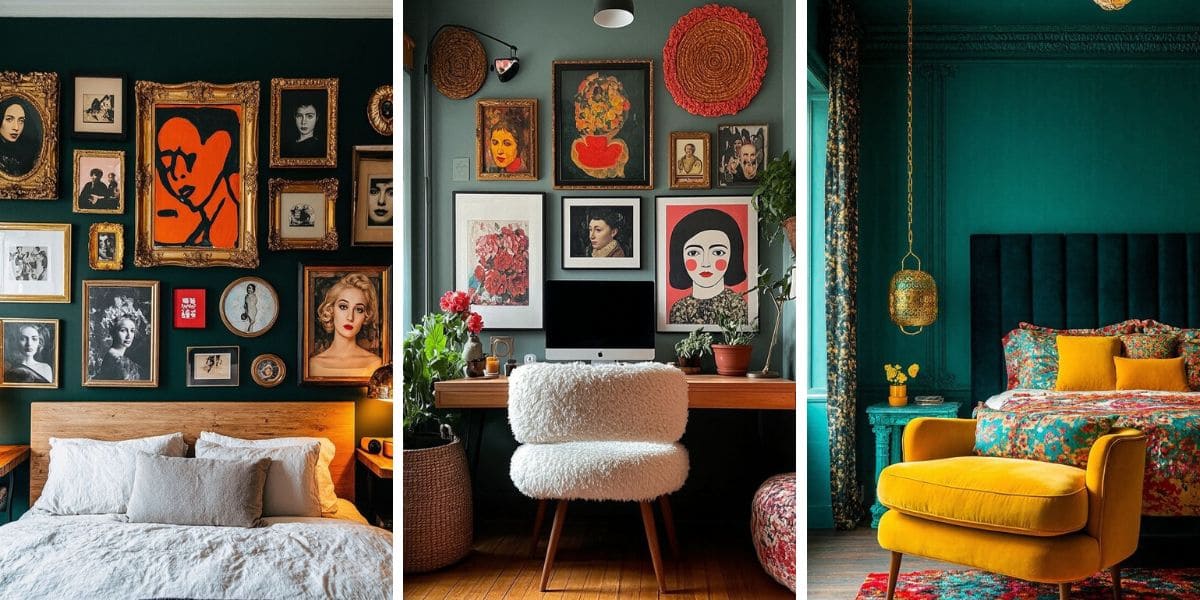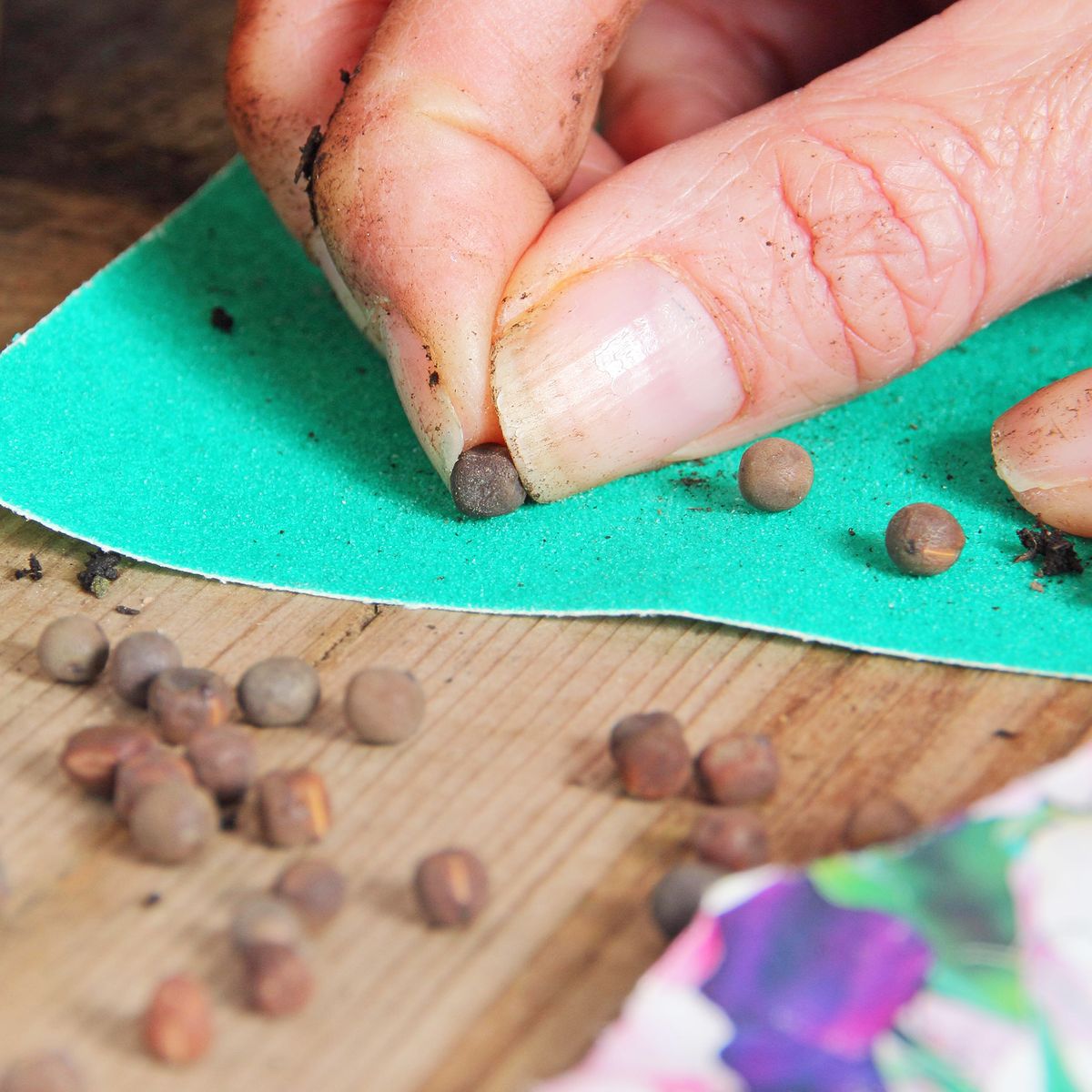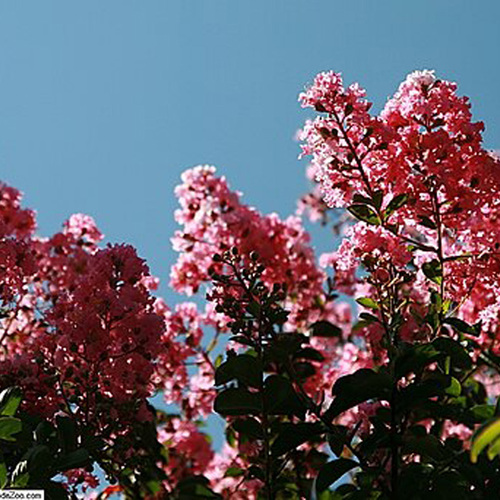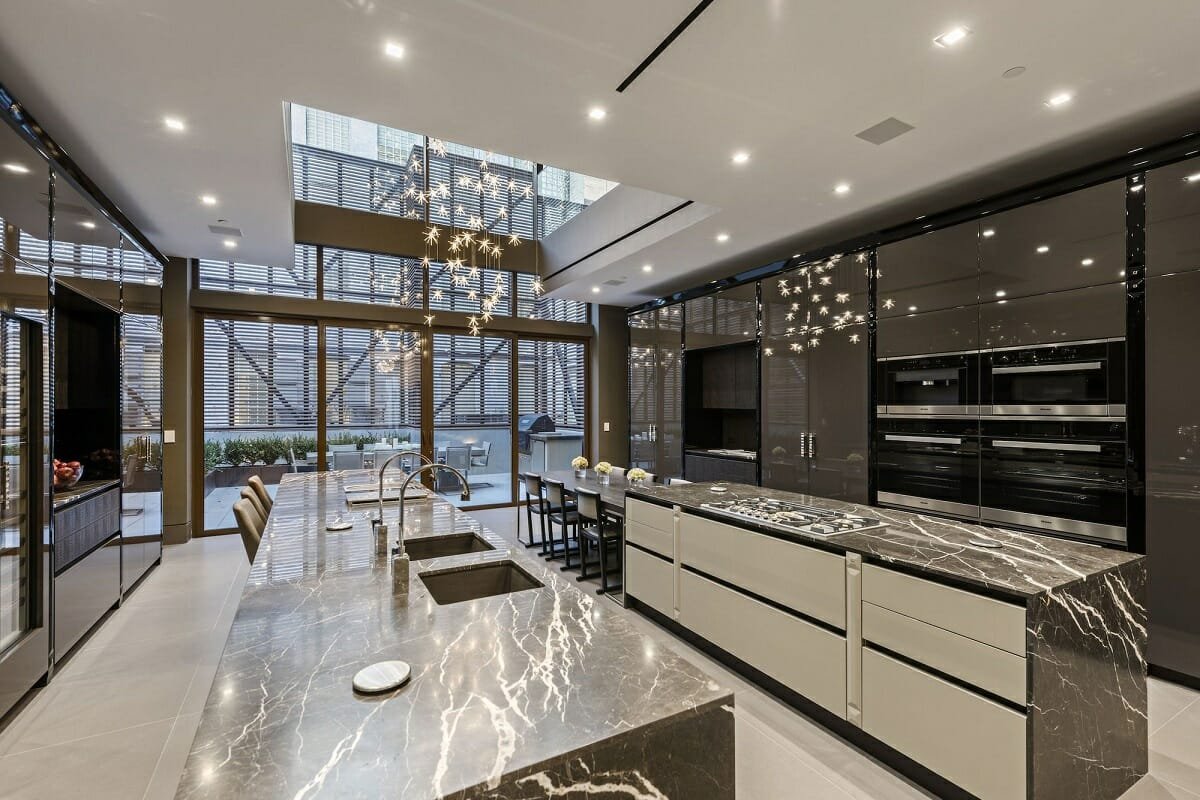Today we’re visiting Karyn Koski’s garden in Toronto.
I would really like to share my garden adventure. I’m a Canadian environmental leader in Toronto who embarked on a mission to naturalize my city yard. I don’t have all native plants, but I’m working toward it. It’s a flurry of pollinators! And simply a joy.
 Making a city yard into a rich habitat is all about adding plants. This beautiful purple bee balm (Monarda didyma, Zones 4–8) is a great nectar source.
Making a city yard into a rich habitat is all about adding plants. This beautiful purple bee balm (Monarda didyma, Zones 4–8) is a great nectar source.
 Diversity is the name of the game. Combining different shrubs and perennials creates niches for many different insects and birds to thrive.
Diversity is the name of the game. Combining different shrubs and perennials creates niches for many different insects and birds to thrive.
 Brown-eyed Susan (Rudbeckia triloba, Zones 4–8) is native to much of the eastern half of North America and is a durable, beautiful addition to any garden.
Brown-eyed Susan (Rudbeckia triloba, Zones 4–8) is native to much of the eastern half of North America and is a durable, beautiful addition to any garden.
 This Joe Pye weed (Eutrochium purpureum, Zones 4–9) is getting ready to bloom. Notice that there are holes in some leaves. The caterpillars of several moths feed on the leaves of this plant, and it is so vigorous it will still thrive even with some bits taken out of it.
This Joe Pye weed (Eutrochium purpureum, Zones 4–9) is getting ready to bloom. Notice that there are holes in some leaves. The caterpillars of several moths feed on the leaves of this plant, and it is so vigorous it will still thrive even with some bits taken out of it.
 Karyn’s natural lawn.
Karyn’s natural lawn.
 You can see that the garden space isn’t large, but even small gardens can be great habitats for insects, and the tall plantings (like this plume poppy, Macleaya cordata, Zones 4–10) can add a measure of privacy.
You can see that the garden space isn’t large, but even small gardens can be great habitats for insects, and the tall plantings (like this plume poppy, Macleaya cordata, Zones 4–10) can add a measure of privacy.
 The side garden is so full and green you’d never guess this was right in Toronto, the most populous city in Canada.
The side garden is so full and green you’d never guess this was right in Toronto, the most populous city in Canada.
 The front garden is green, with a pop of floral color from Hibiscus syriacus (Zones 5–8).
The front garden is green, with a pop of floral color from Hibiscus syriacus (Zones 5–8).
 Looking at the front garden from the other direction, the purple leaves in front are shiso (Perilla frutescens, annual), which is beautiful and also traditionally used as an herb in Japanese cuisine.
Looking at the front garden from the other direction, the purple leaves in front are shiso (Perilla frutescens, annual), which is beautiful and also traditionally used as an herb in Japanese cuisine.
 And there is room for a veggie garden too! I love those beautiful rusted steel planters.
And there is room for a veggie garden too! I love those beautiful rusted steel planters.
Have a garden you’d like to share?
Have photos to share? We’d love to see your garden, a particular collection of plants you love, or a wonderful garden you had the chance to visit!
To submit, send 5-10 photos to [email protected] along with some information about the plants in the pictures and where you took the photos. We’d love to hear where you are located, how long you’ve been gardening, successes you are proud of, failures you learned from, hopes for the future, favorite plants, or funny stories from your garden.
If you want to send photos in separate emails to the GPOD email box that is just fine.
Have a mobile phone? Tag your photos on Facebook, Instagram or Twitter with #FineGardening!
You don’t have to be a professional garden photographer – check out our garden photography tips!
Do you receive the GPOD by email yet? Sign up here.



